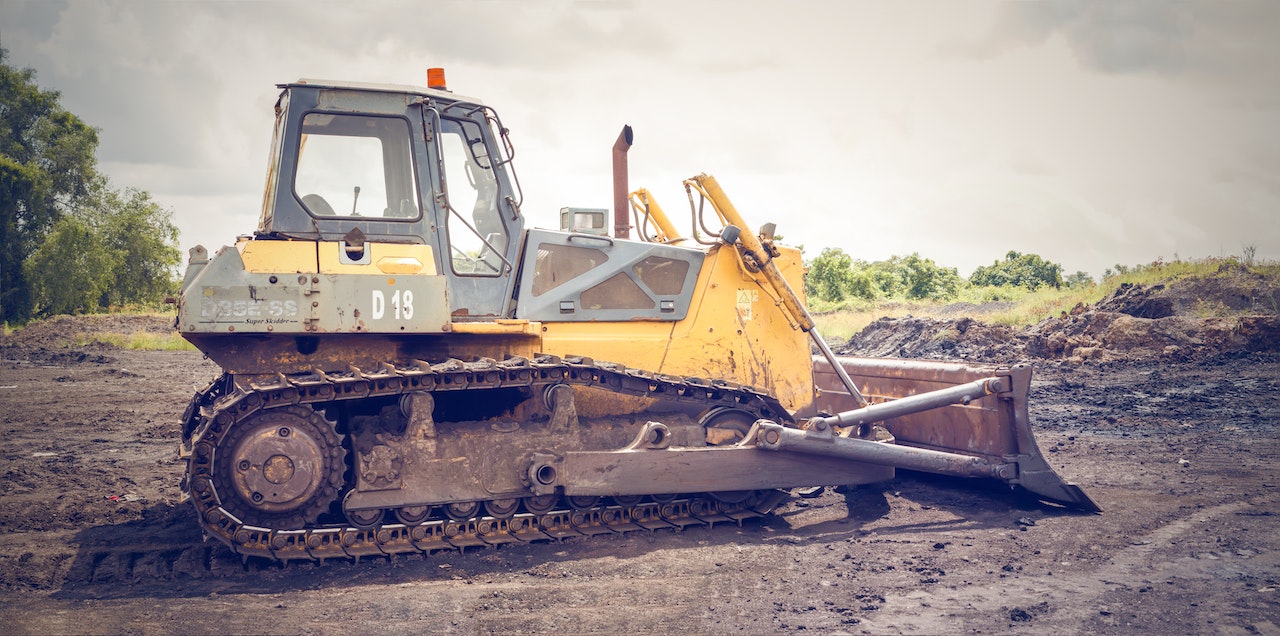Surety Bond Professionals is a family owned and operated bonding agency with over 30 years of experience. With access to a broad range of surety markets, our expert agents are ready to assist with all of your construction bond needs.
What’s the Deal?
If your business involves building or working on asphalt paved roads, the deal between Caterpillar and construction supplier Axenox could be a very big deal in terms of its impact on your company.
Here’s what happened in a nutshell.
- Axenox came up with two products, “Oxclaw” (a textured screed plate system) and “Bullox” (a modular screed plate system) that could revolutionize the asphalt paving industry.
- Caterpillar entered into a deal with Axenox to acquire sole intellectual property rights to Oxclaw and Bullox and become the exclusive dealer for both through the CAT dealer network.
- To gain the advantages offered by Oxclaw and Bulllox, you must become a CAT customer if you’re not one already.
Benefits of Oxclaw and Bullox
Axenox developed its patented screed plate systems to reduce the time required to remove and replace a screed while getting better densities and a more uniform and smoother asphalt surface.
In the past, it was assumed that screed plates had to be smooth. But that myth was busted by Oxclaw three-dimensional, textured screed plates, which apply provide multiple force vectors and lateral compaction confinement to asphalt aggregate. The results are more efficient rolling and interlocking and higher densities on the uncompacted mat than you’d get from a traditional flat screed plate. Less compaction is required, which lowers compaction costs.
Bullox is a modular screed plate system that reduces the time to remove and replace a screed from days to less than four hours. Once you’ve installed the insulated conductor plate, made with high-strength chromium carbide, you won’t need to replace it again during the paver’s useful life. Screed plate changes use a simple lock-and-go approach. This eliminates the need to chisel out hardened bituminous material, screw off the nuts, or maneuver around the electric heating elements. Reducing the time it takes to replace a screed maximizes a paver’s uptime, further reducing cost and increasing productivity.
What Does the Caterpillar/Axenox Deal Mean for Contractors?
The greatest industry impact will be felt by construction contractors that work on asphalt-surfaced roads, highways, and bridges. The Infrastructure Investment and Jobs Act (IIJA), signed into law in November 2021, committed $110 billion in funds for the repair of these vital infrastructure elements.
Contractors specializing in this kind of work are positioning themselves to bid on projects funded with IIJA money. Companies that are not currently CAT customers may want to evaluate the potential financial benefits and competitive advantages of adopting the Oxclaw and Bullox technologies.
The other thing contractors need to be aware of when preparing to bid on a road or bridge project is that they will need to qualify for and purchase the necessary construction bonds.
Bonding Requirements
Government-funded construction projects carry a requirement for bonding of contractors. In fact, that requirement begins before a contract is even awarded, with all contractors competing for a job having to purchase a bid bond and demonstrate their ability to obtain both a performance bond and a payment bond.
Bid Bond
A bid bond is a contractor’s guarantee to accept the job if chosen as the lowest qualified bidder. It also guarantees the contractor’s ability to provide the public project owner (the “obligee” requiring the bond) with performance and payment bonds. It’s not uncommon for contractors to bid on multiple jobs at the same time, knowing that they lack the capacity to handle all of them if selected as the winning bidder.
A bid bond makes the contractor (the bond’s “principal”) legally liable for monetary damages the obligee incurs as a result of the principal refusing the contract. A principal who fails to obtain the necessary performance and payment bonds would also be legally obligated to pay the obligee’s claim for damages. The bid bond requirement not only provides financial protection for the obligee; it also deters frivolous bidding.
Performance Bond
A performance bond provides financial protection for the obligee in the event that the principal fails to complete the job or defaults on the contract. It ensures that the obligee does not have to pay out-of-pocket to get the job completed, as the principal is legally obligated to pay any valid claim up to the full amount of the bond.
Payment Bond
A payment bond, often bundled with a performance bond, is the principal’s guarantee to pay subcontractors, workers, and suppliers according to the terms of the construction contract.
The Role of the Surety
The bond’s guarantor is referred to as the “surety.” While the surety bears no legal responsibility for damages, the principal must pay the obligee. In guaranteeing the bond, the surety agrees to extend credit to the principal for the purpose of paying valid claims. The surety can take legal action against the principal to recover the amount of that debt if it is not repaid according to the terms of the surety bond agreement.
Get A Quote
Our surety bond professionals will get you the construction bonds you need at a competitive rate.





